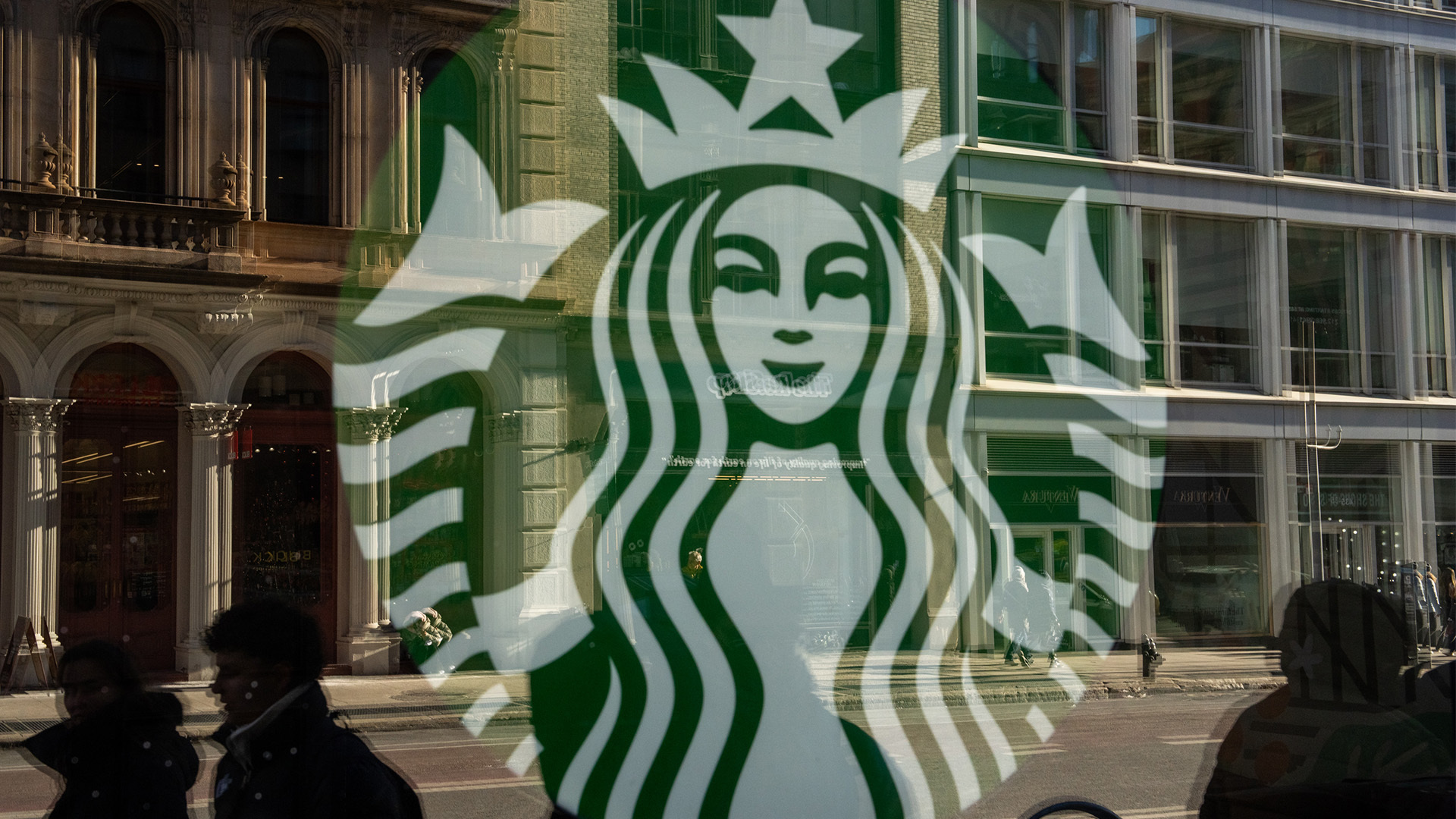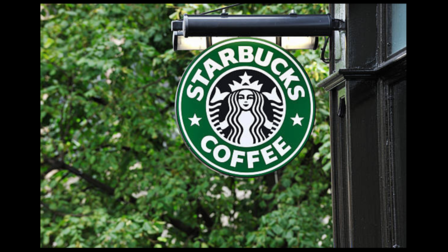Starbucks Toilet Policy has introduced a significant change to its code of conduct, requiring individuals to make a purchase to use its cafes, patios, or toilets. This new rule, effective January 27, aims to prioritize paying customers and streamline the use of its facilities.
Details of Starbucks’ New Code of Conduct
The revised policy is a move to ensure that the company’s amenities are reserved primarily for its paying patrons.
- Purchase Requirement:
- To access Starbucks cafes, patios, or restrooms, customers must now make a purchase.
- The rule applies universally across all Starbucks locations.
- Enforcement Measures:
- Employees are empowered to ask violators to leave the premises.
- If necessary, law enforcement may be called to enforce compliance.
Starbucks’ Statement on the Policy
Starbucks explained the rationale behind the new rules, calling it a “practical step” to prioritize those who contribute to the business.

- Focus on Paying Customers:
- Starbucks emphasized that the new policy is designed to enhance the experience for customers who make purchases.
- The decision reflects the need to balance inclusivity with operational efficiency.
- Balancing Practicality and Accessibility:
- While the company has previously allowed non-customers to use its facilities, the growing misuse of these amenities has necessitated a change in approach.
Background of Starbucks’ Public Restroom Policy
Starbucks’ restroom policy has undergone significant changes over the years, reflecting societal trends and customer expectations.
- The 2018 Policy Shift:
- In 2018, Starbucks implemented an open restroom policy after a widely publicized incident involving racial discrimination.
- The decision allowed anyone, regardless of purchase, to use Starbucks restrooms, aligning with its commitment to inclusivity.
- Challenges Faced:
- The open policy led to unintended consequences, including overcrowding, misuse, and safety concerns.
- Complaints from paying customers about limited access and unclean facilities increased, prompting Starbucks to revisit its approach.
Customer Reactions to the New Policy
The announcement of Starbucks’ revised code of conduct has sparked mixed reactions from customers and observers.
- Support for the New Rules:
- Many paying customers welcomed the change, arguing that it ensures a better experience for those who contribute to the business.
- Advocates of the policy highlighted the need for clean and available restrooms for genuine patrons.
- Criticism and Concerns:
- Some critics accused Starbucks of reversing its commitment to inclusivity.
- Concerns about the impact on individuals without immediate access to funds, including the homeless, were raised.
Operational Challenges and Solutions
Implementing the new policy comes with its own set of challenges, requiring Starbucks to strike a balance between enforcement and empathy.
- Employee Training:
- Starbucks is likely to provide training to employees on how to handle situations involving non-compliance sensitively.
- Staff will need to balance enforcing rules with maintaining a welcoming atmosphere.
- Clear Communication:
- Signage and verbal communication will play a critical role in informing customers about the new rules.
- Starbucks may also update its app and website to clarify the policy.
The Bigger Picture: Business vs. Inclusivity
The new toilet policy underscores a broader debate about the responsibilities of businesses in balancing profitability with social responsibility.

- Prioritizing Paying Customers:
- Starbucks, like many businesses, must cater to the needs of its paying clientele to remain profitable.
- The new policy reflects a pragmatic approach to address operational inefficiencies.
- Inclusivity in Public Spaces:
- Critics argue that businesses like Starbucks have a moral obligation to contribute to the community, including providing access to basic amenities.
- The debate highlights the tension between corporate policies and societal expectations.
Potential Implications for Starbucks
The new policy may have far-reaching implications for Starbucks, affecting its brand image, customer loyalty, and operational dynamics.
- Brand Reputation:
- The move could alienate some customers who view the policy as exclusionary.
- Conversely, paying customers who value clean and accessible facilities may view it positively.
- Customer Behavior:
- The policy may lead to increased purchases as individuals comply to access facilities.
- It could also deter non-customers from using Starbucks locations as public rest stops.
- Operational Efficiency:
- By reducing misuse, the policy could improve the cleanliness and availability of restrooms and seating areas.
- Employees may face fewer conflicts over access, enabling them to focus on customer service.

Comparisons to Competitors
Starbucks is not alone in implementing such policies, as many businesses grapple with similar challenges.
- Other Chains’ Policies:
- Fast food chains, cafes, and restaurants often restrict restroom access to customers.
- The extent of enforcement varies, with some businesses adopting a more lenient approach.
- Lessons from Competitors:
- Starbucks can learn from the successes and pitfalls of similar policies at other establishments.
Starbucks’ decision to require purchases for accessing its cafes and restrooms marks a significant shift in its operational strategy. While aimed at prioritizing paying customers and improving efficiency, the policy has ignited debates about inclusivity and corporate responsibility. As the new rules come into effect, Starbucks’ ability to balance practicality with empathy will determine how the policy is received by its diverse customer base.

